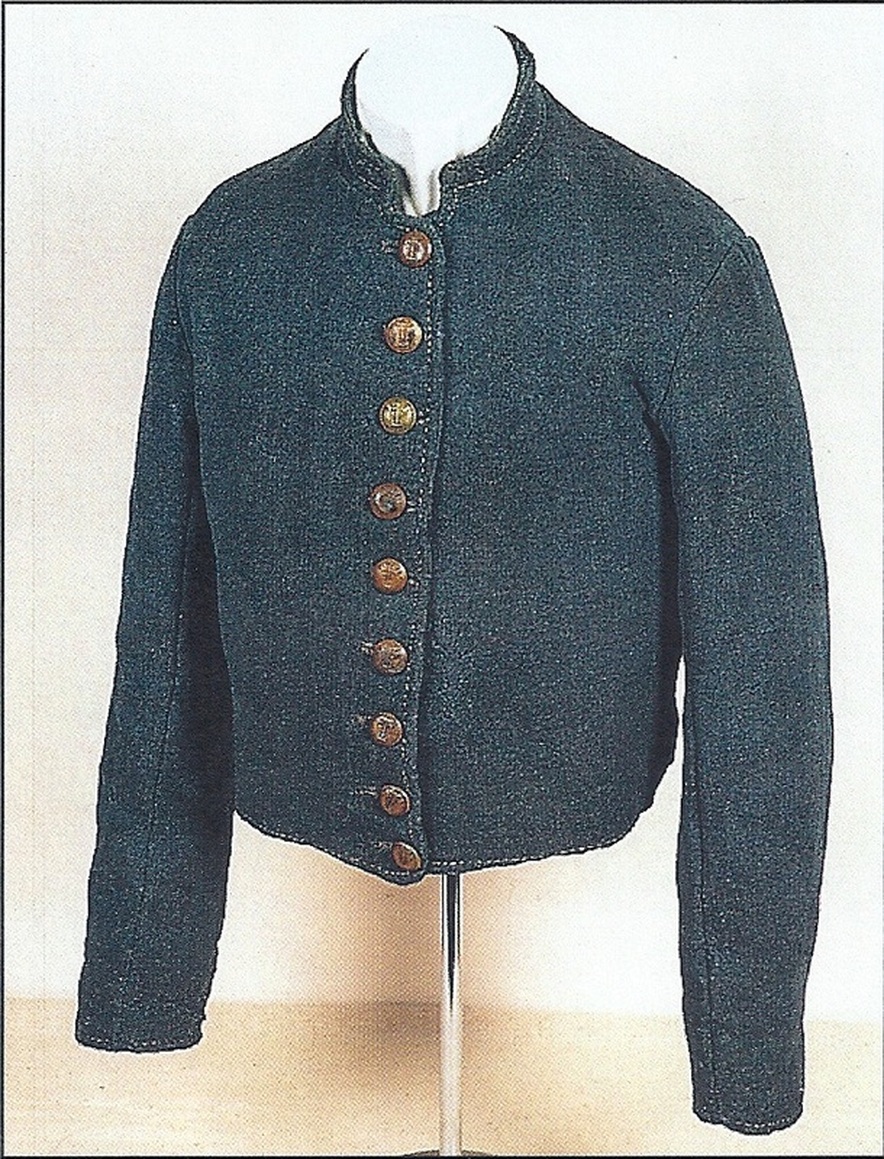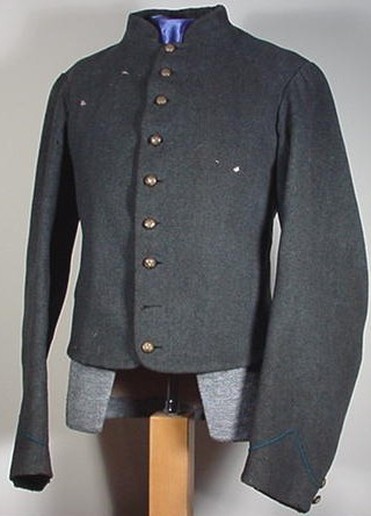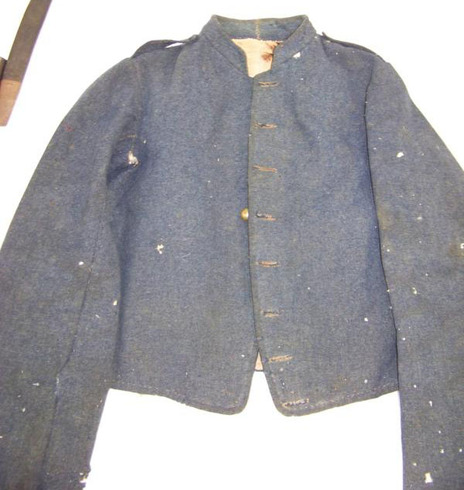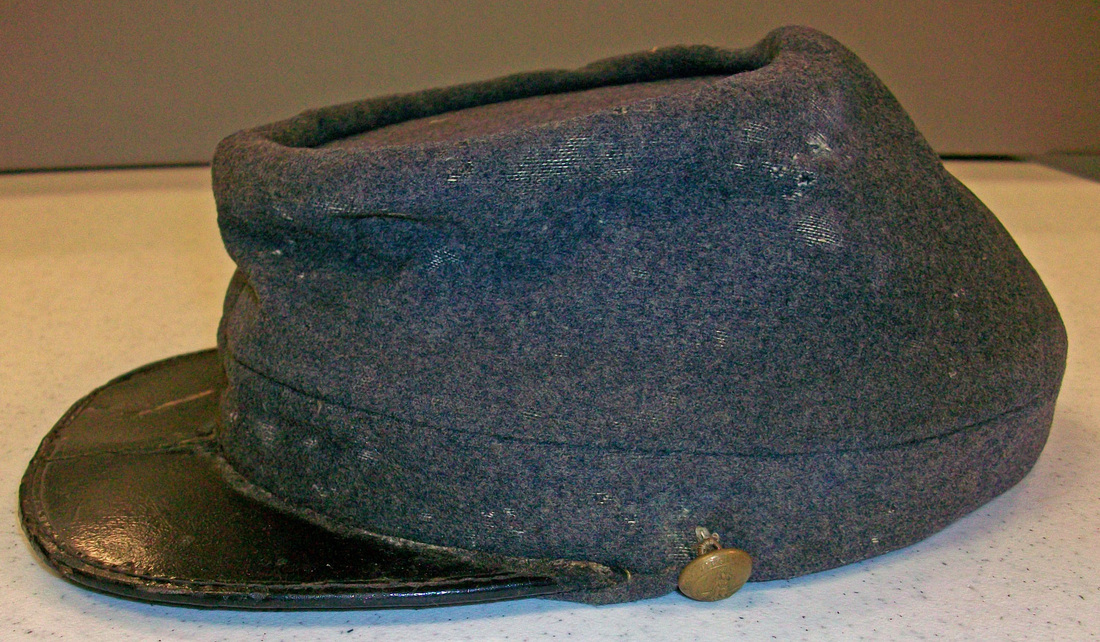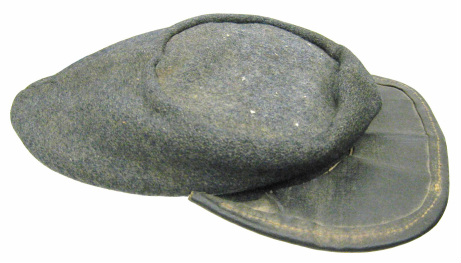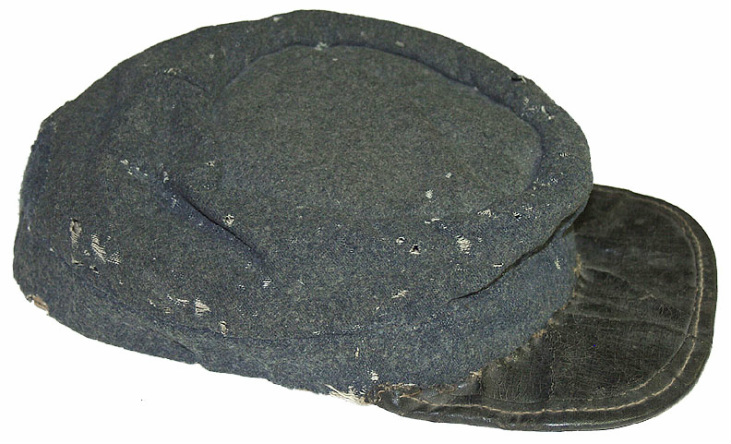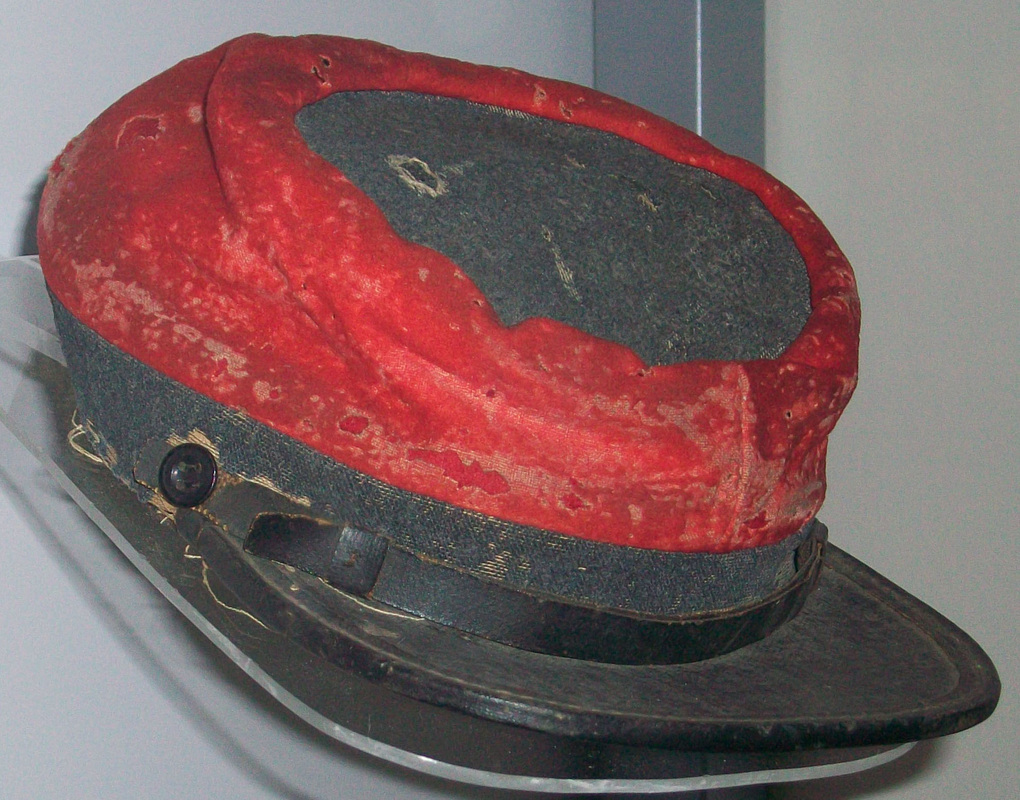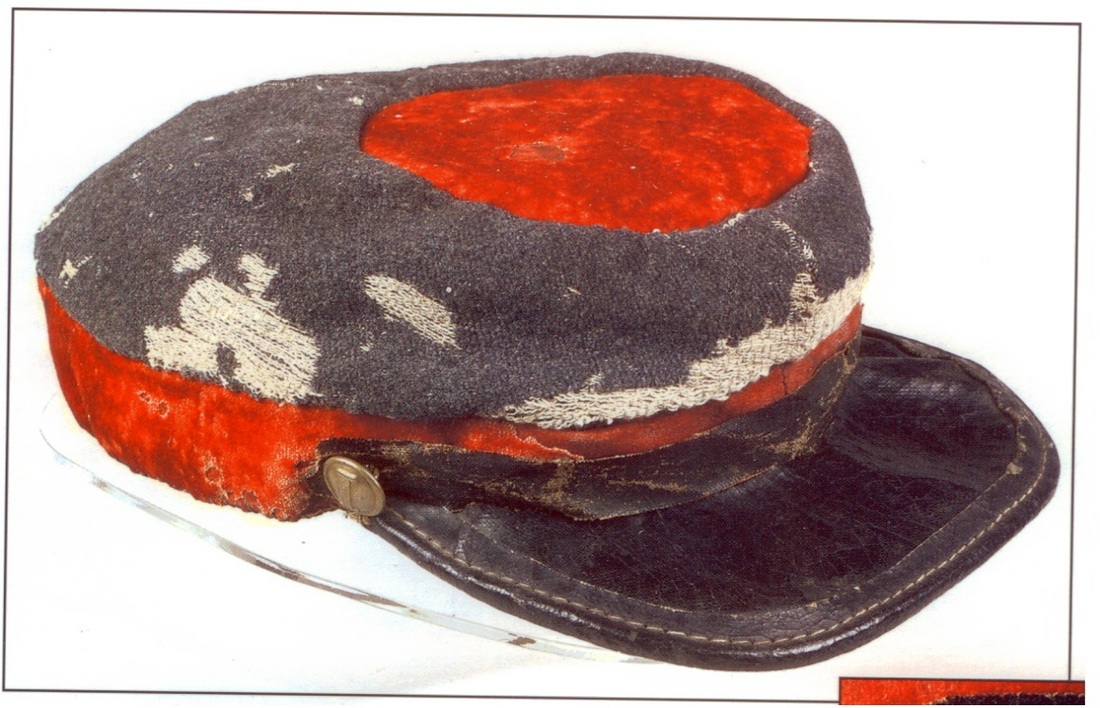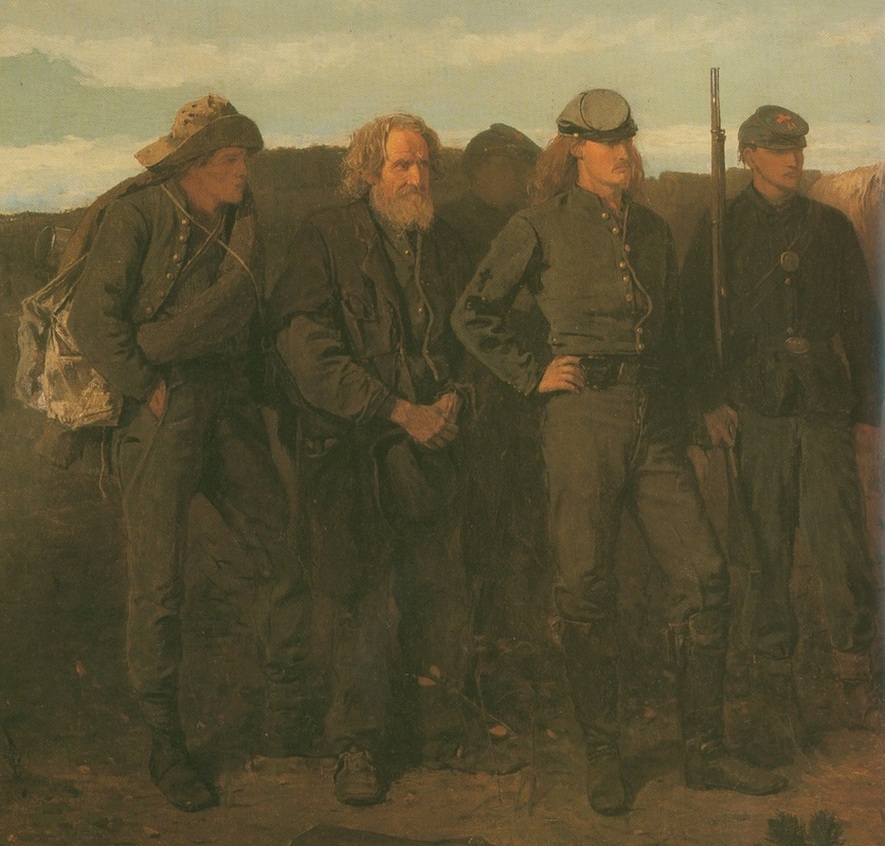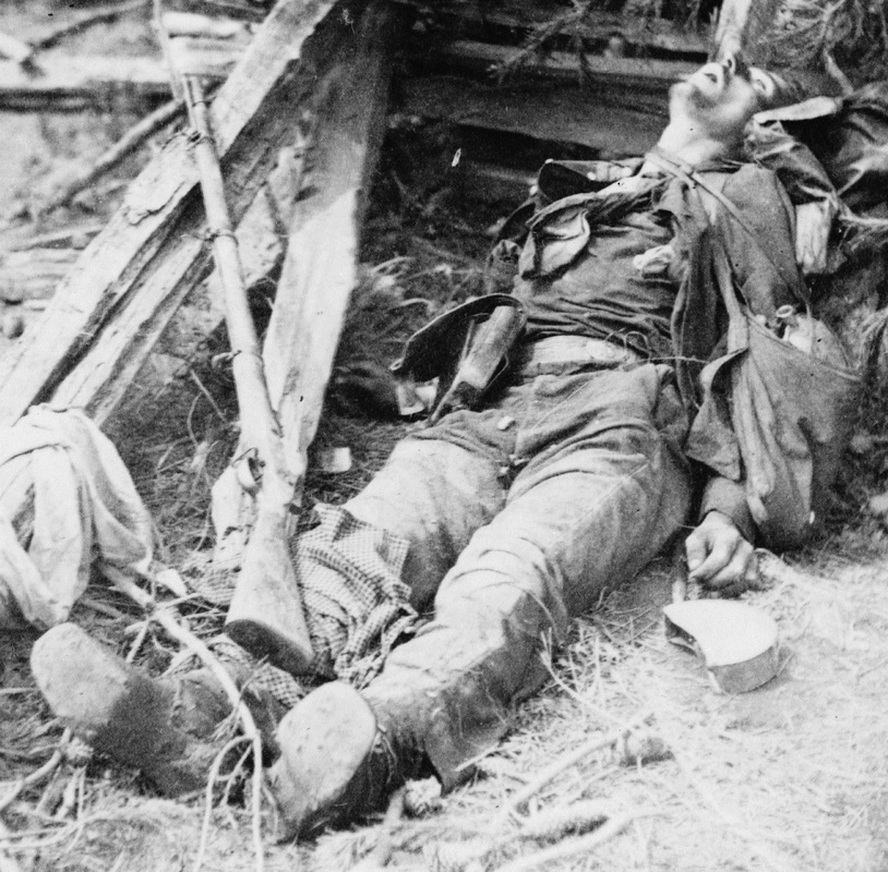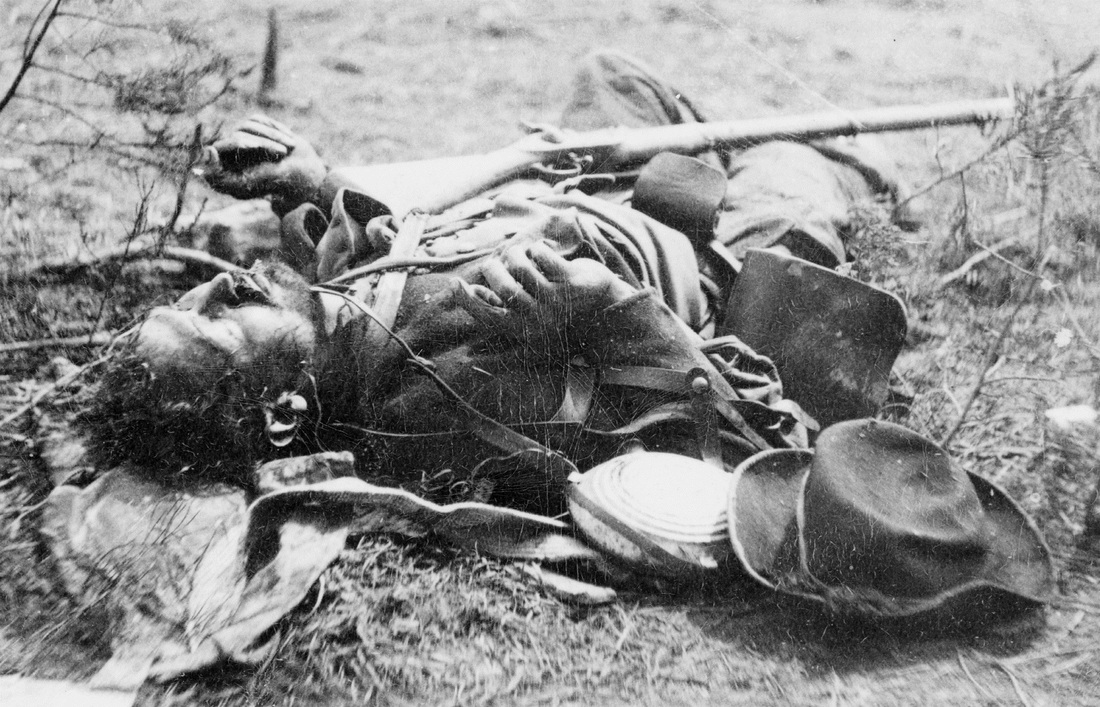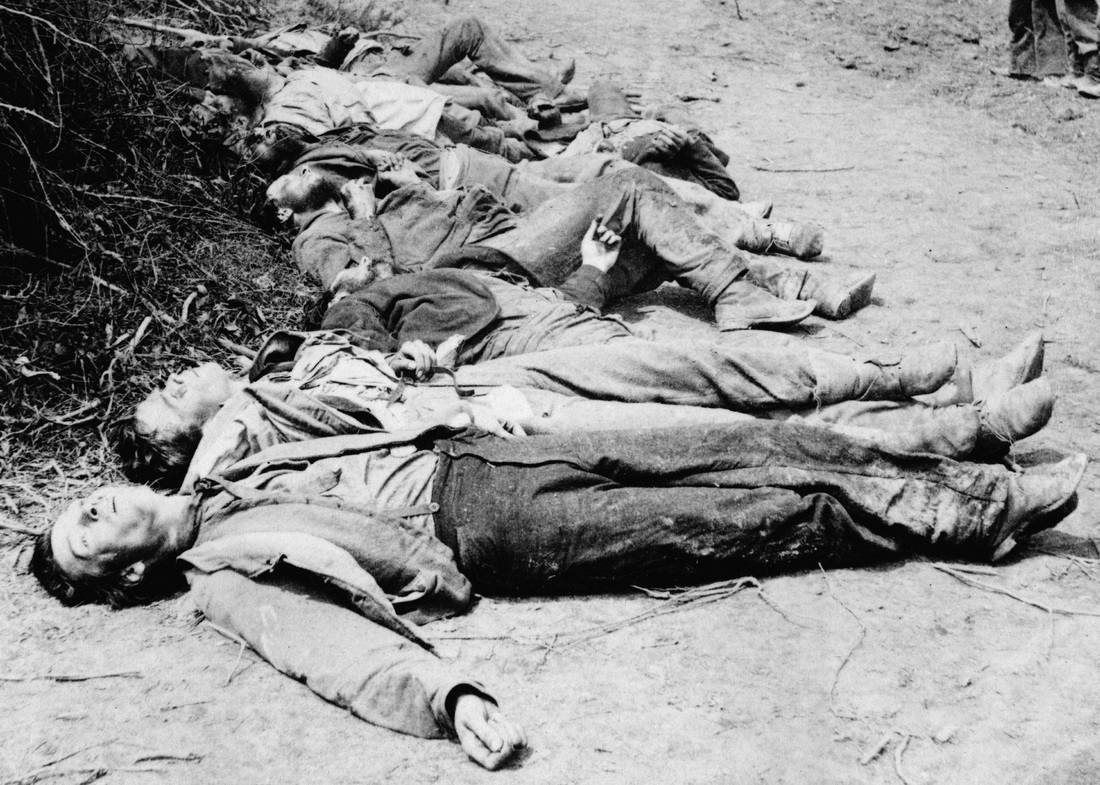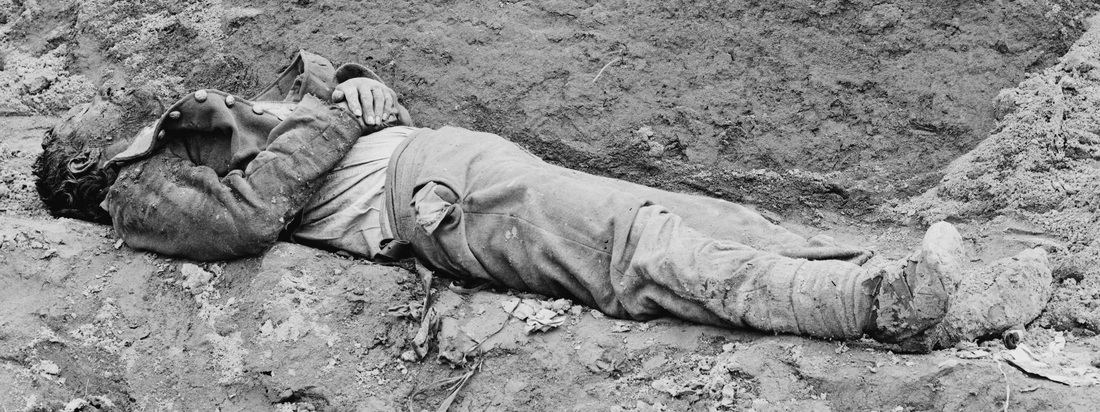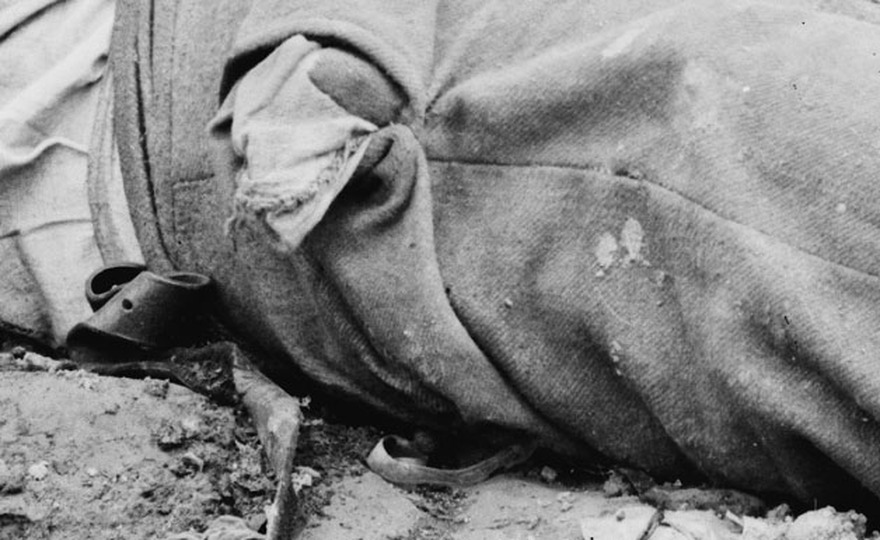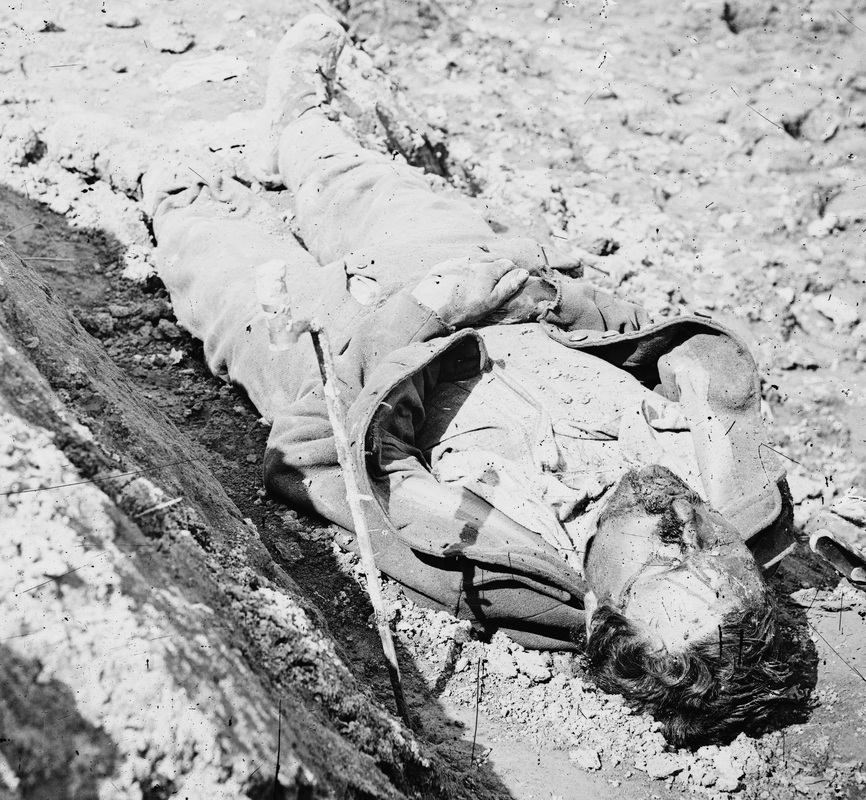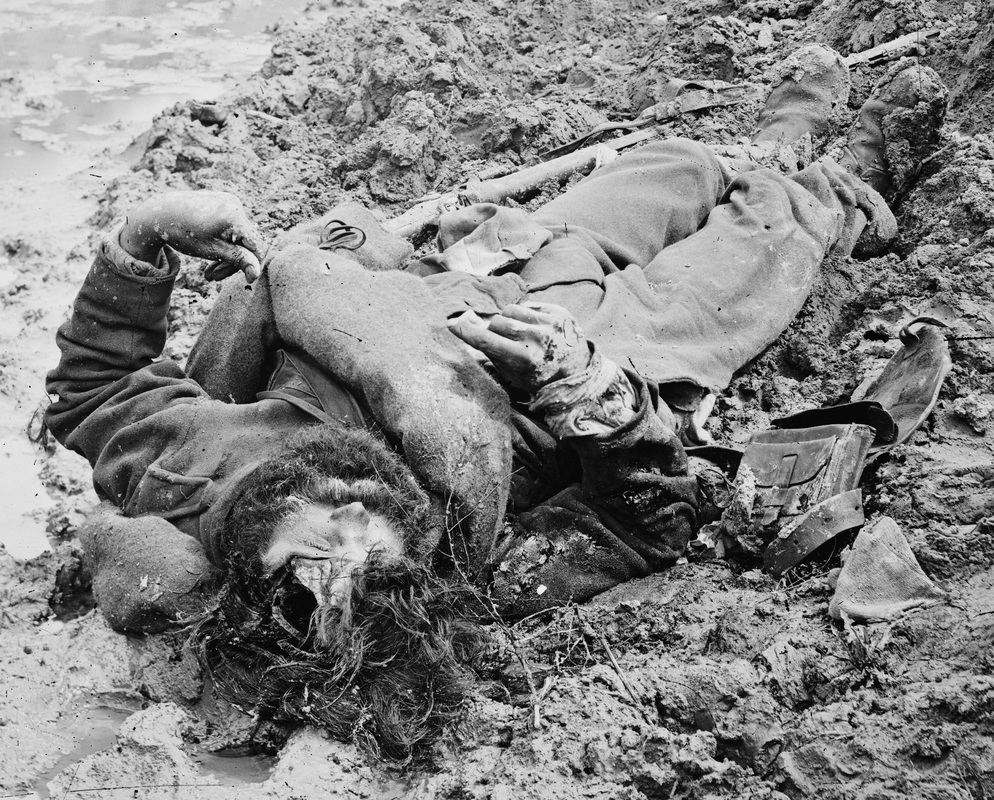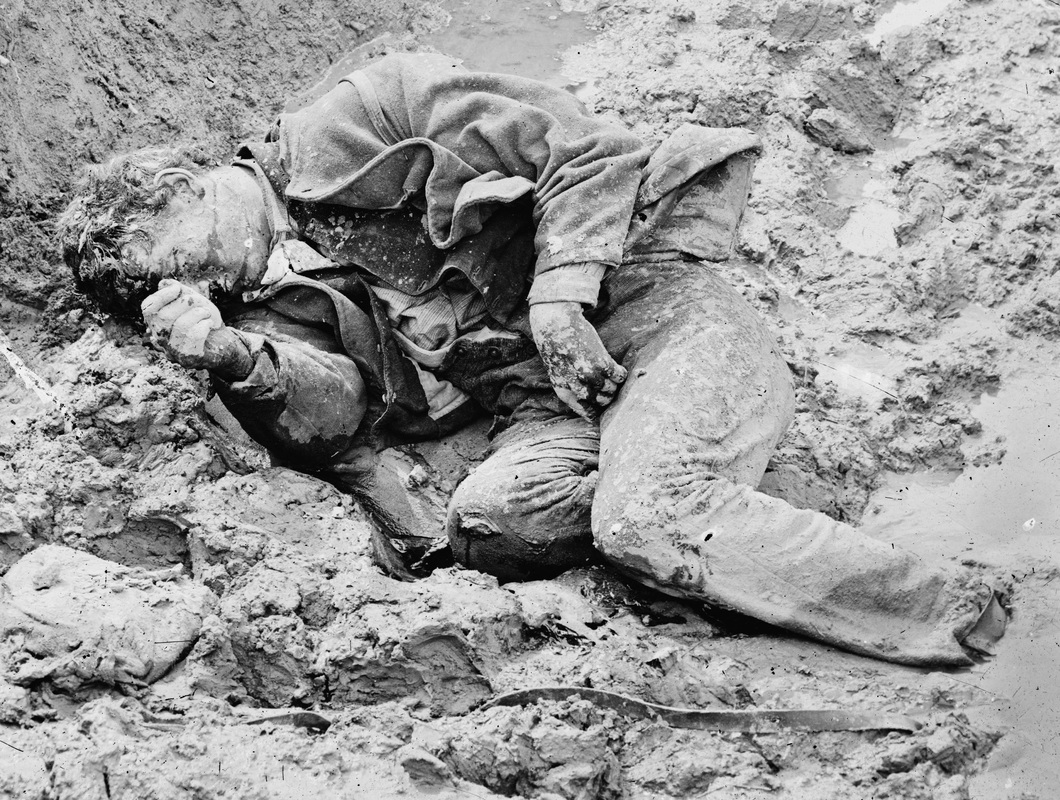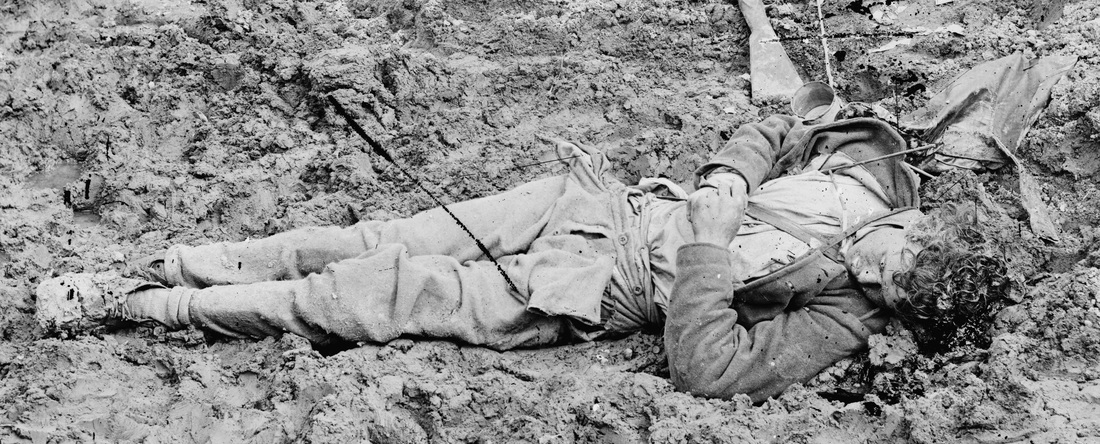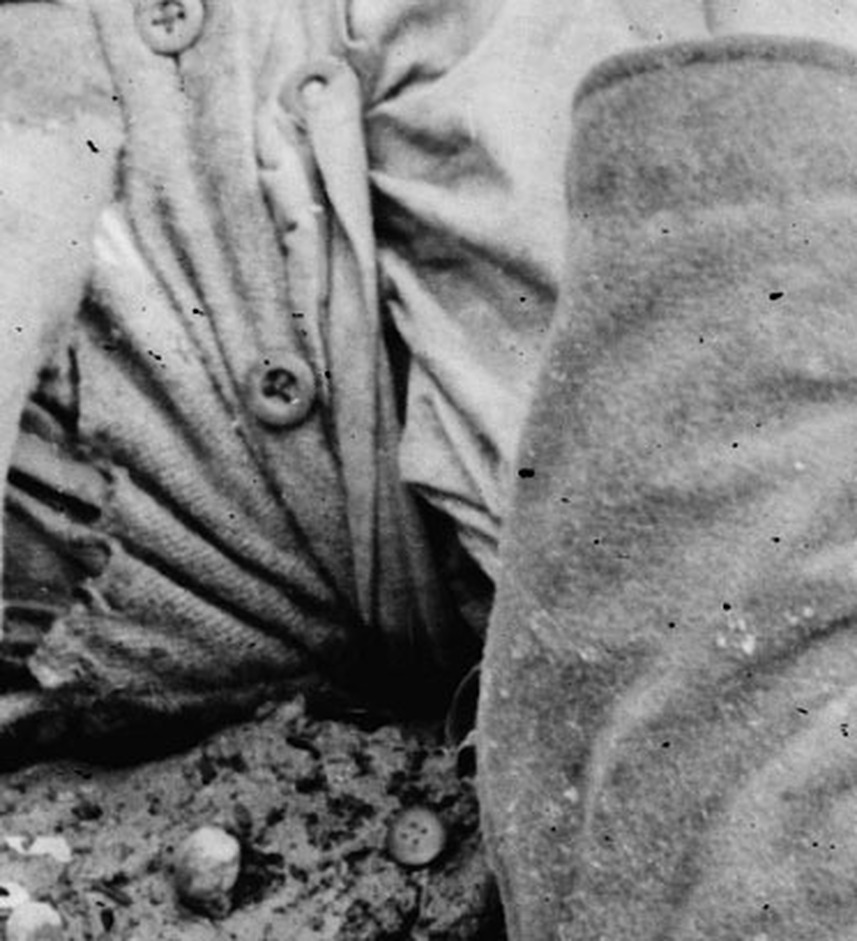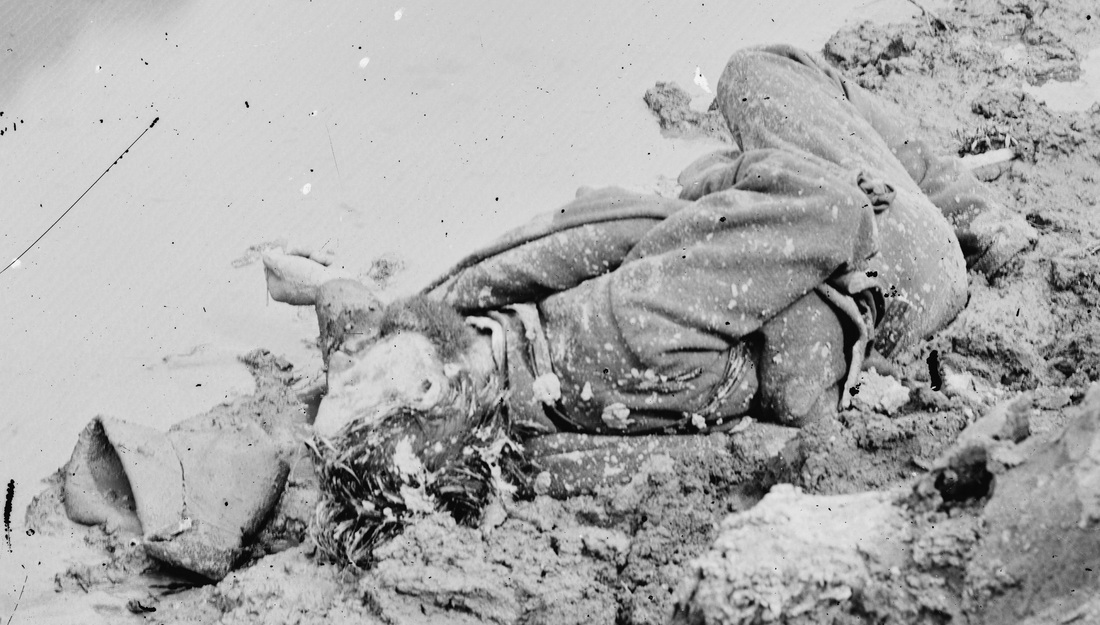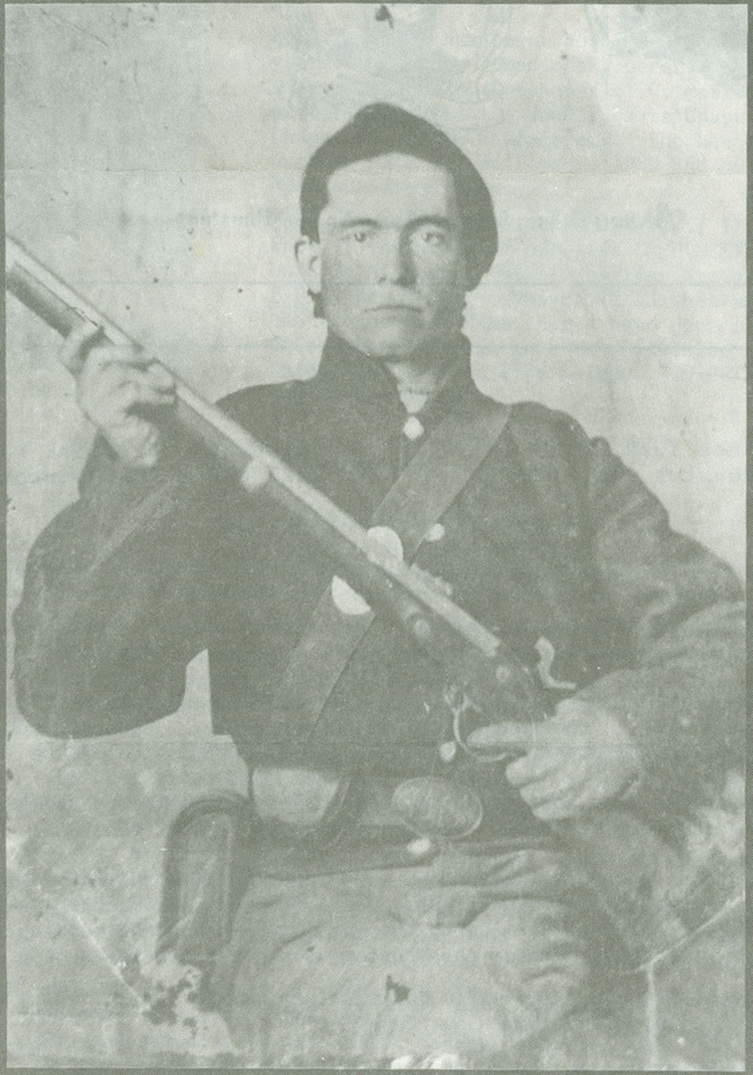Virginia Army Uniform: A Conjecture
by Fred Adolphus, 29 January 2011
Evidence that includes images, written accounts and extant artifacts leads to the conclusion that Richmond Depot jackets and caps were almost invariably made of cadet gray cloth during the last year of the war, and that the depot intentionally developed a cadet gray uniform for Lee’s “Virginia Army” (Army of Northern Virginia) in 1864-65. One also notes that Richmond trousers, right up to the very end, were made in a variety of fabrics and shades. It seems that authorities gave preferential use of cadet gray cloth for jackets and caps during the last part of the war, in order to achieve a degree of uniformity paralleling that of the Union army. By using cadet gray cloth for jackets and caps, even if pants varied in texture and shade, the Army of Northern Virginia achieved a uniqueness and uniformity. From 1864 onwards, the Army of Northern Virginia had a standard uniform: the cadet gray Richmond cap and jacket.
Such would not have been difficult to do. Cadet gray cloth (both kersey and satinet) was the chief imported cloth coming into the Confederacy, and the Richmond Depot made extensive use of the bluish-gray fabrics.[i] Numerous surviving cadet gray jackets and caps attest to its widespread use. Given the reliable supply of this cloth late in the war, it would have been possible to cut all Richmond jackets from it. Regarding the caps, it would have made sense to fashion them from the same cadet gray fabric left over as scrap after cutting out the jackets.
One factor that supports this notion is the provenance of the surviving cadet gray Richmond uniforms. Most date to the last year of the war. The late-model Richmond, “Type 3” jackets (without shoulder straps) are made almost exclusively of cadet gray cloth. (Fig. 1-3) I am aware of only two Type 3 jackets made from domestic jeans.[ii] Likewise all of the surviving Richmond caps from the late war are made either entirely from cadet gray cloth, or with imported navy blue and red fabrics: none are made from domestic jeans. (Fig. 4-8)
Two written accounts, furnished by author Erik Mink, add to this body of evidence. At Cold Harbor in 1864, a Union officer described some North Carolinians of A.P. Hill’s Corps as, “the most gipsy-looking fellows imaginable; in their blue-gray jackets and slouched hats.”[iii] Later in 1864, a Georgian of Hill’s Corps described the clothing he drew as, “…a blue in color, but not like the Yankee blue,” and further complained that his jacket and pants did not match.[iv]
Images of Confederate dead from the Battles of Spotsylvania and Petersburg indicate widespread usage of cadet gray jackets. Judging from the smooth texture of the cloth and the shade compared to other garments, it appears to be cadet gray kersey. In the Spotsylvania images of May 19, 1864, many of the fallen soldiers appear to wear cadet gray Richmond jackets while the pants vary more in color. Out of ten fallen soldiers, one appears to have a lighter “jeans” jacket, and two have lighter colored pants. (Fig. 10-13) The Petersburg images consist of fourteen fallen Confederates taken on April 3, 1865 in the Petersburg trenches. Taking into account those with jackets, it appears that all but one had a cadet gray jacket, and eleven appear to have cadet gray pants. One fallen soldier wears a rough jeans jacket, and seven have either jeans trousers or light “sky blue” pants. (Fig. 14-23)
An image of Thomas Jefferson Goldman, Company D, 44th Georgia Infantry provides similar evidence. Goldman wears a cadet gray Richmond Type 2 jacket with lighter, possibly sky blue trousers. (Fig. 24)
R.K. Denton, Jr. analyzed the shades of Confederate uniforms in images of prisoners taken in 1864.[v] The first image depicts prisoners from Johnson’s Division, at the “Punch Bowl, captured at the Mule Shoe salient, May 12, 1864, Battle of Spotsylvania. The second image is of White House Landing, showing soldiers of Kershaw’s Division, captured at Miller’s Farm, Battle of Cold Harbor. Overall, the prisoners have mostly dark or medium shaded jackets: possibly cadet gray. Trousers are about evenly distributed between light, dark and medium shades, suggesting a variety of colors and fabrics.
The use of blue-gray fabric, Richmond caps and jackets proves that the quartermaster department could produce a truly universal uniform for Lee’s army. In so doing, it reflects a spirit of resilience, discipline, and order under the most difficult of circumstances. And, it was accomplished even as the Southern Confederacy was on its last legs, and its army was marching into the jaws of hell.
Images of Confederate dead from the Battles of Spotsylvania and Petersburg indicate widespread usage of cadet gray jackets. Judging from the smooth texture of the cloth and the shade compared to other garments, it appears to be cadet gray kersey. In the Spotsylvania images of May 19, 1864, many of the fallen soldiers appear to wear cadet gray Richmond jackets while the pants vary more in color. Out of ten fallen soldiers, one appears to have a lighter “jeans” jacket, and two have lighter colored pants. (Fig. 10-13) The Petersburg images consist of fourteen fallen Confederates taken on April 3, 1865 in the Petersburg trenches. Taking into account those with jackets, it appears that all but one had a cadet gray jacket, and eleven appear to have cadet gray pants. One fallen soldier wears a rough jeans jacket, and seven have either jeans trousers or light “sky blue” pants. (Fig. 14-23)
An image of Thomas Jefferson Goldman, Company D, 44th Georgia Infantry provides similar evidence. Goldman wears a cadet gray Richmond Type 2 jacket with lighter, possibly sky blue trousers. (Fig. 24)
R.K. Denton, Jr. analyzed the shades of Confederate uniforms in images of prisoners taken in 1864.[v] The first image depicts prisoners from Johnson’s Division, at the “Punch Bowl, captured at the Mule Shoe salient, May 12, 1864, Battle of Spotsylvania. The second image is of White House Landing, showing soldiers of Kershaw’s Division, captured at Miller’s Farm, Battle of Cold Harbor. Overall, the prisoners have mostly dark or medium shaded jackets: possibly cadet gray. Trousers are about evenly distributed between light, dark and medium shades, suggesting a variety of colors and fabrics.
The use of blue-gray fabric, Richmond caps and jackets proves that the quartermaster department could produce a truly universal uniform for Lee’s army. In so doing, it reflects a spirit of resilience, discipline, and order under the most difficult of circumstances. And, it was accomplished even as the Southern Confederacy was on its last legs, and its army was marching into the jaws of hell.
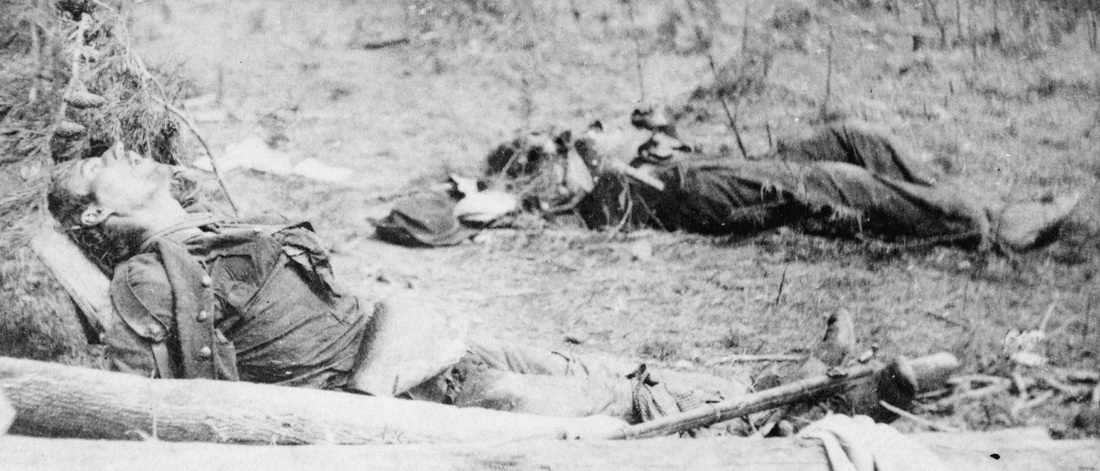
Fig. 10-12: Three views of two fallen North Carolina soldiers reveal that they both wore cadet gray, Richmond Type 2 jackets. One appears to have had matching cadet gray pants and the other, coarser, lighter-colored jeans pants. Images courtesy of the Library of Congress, LC-USZ62-104041, 104042, 104043.
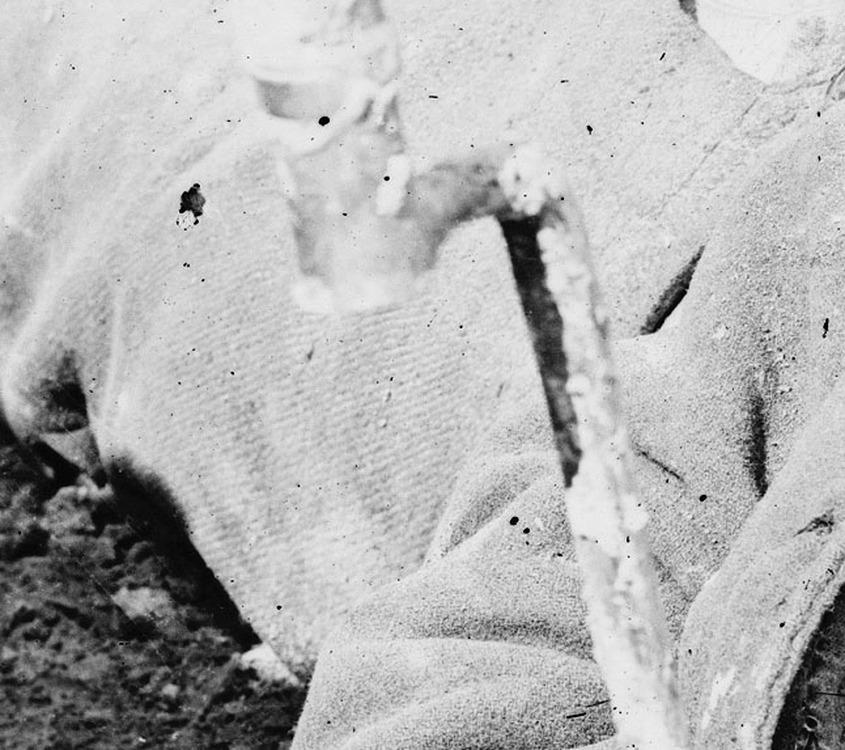
Fig. 14-17: Two views of this fallen infantryman’s uniform show that he wore a cadet gray, Richmond Type 2 jacket and lighter colored jeans trousers. Magnification clearly shows the twill weave of the jeans fabric with its contrasting warp and weft. Images courtesy of the Library of Congress, Thomas C. Roche, LC-B811-3176/-3178.
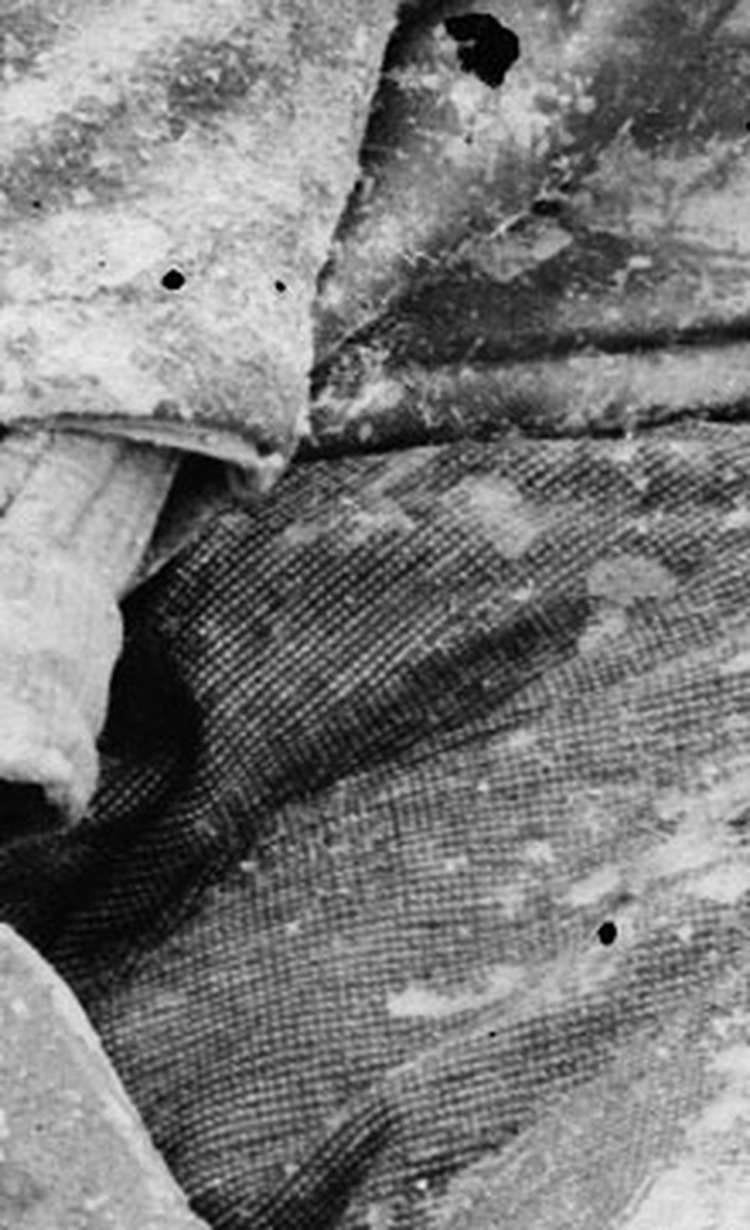
Fig. 19-20: Another infantryman wore a cadet gray, Richmond Type 3 jacket and tabby-weave, “salt and pepper” fabric jeans trousers. Magnification reveals the contrasting colors of the warp and weft yarns, thus the name “salt and pepper”. Image courtesy of the Library of Congress, Thomas C. Roche, LC-B811-3190.
Bibliography
[i] To clarify, imported cadet gray kersey and satinet were used for Confederate uniforms. Kersey was a woolen twill fabric with a smooth nap, but was nonetheless considered a coarse, enlisted grade cloth. Satinet was likewise a twill with a cotton warp and a woolen weft, but with a thick, raised nap that covered the cotton warp, giving the fabric’s right side a smooth texture and a solid cadet gray color. The color “cadet gray” was a blue gray, or perhaps a grayish-blue, and was officially the regulation color of the Confederate uniform. Quartermasters referred to this cloth as “gray”, “cadet gray”, “gray cloth”, “Confederate gray”, “army cloth”, “gray army cloth”, “English cloth”, or “English army cloth”. Unofficial observers remarked that it was “blue”, “blue gray”, “bluish-gray”, or “grayish-blue.
[ii] One of these is in the Portsmouth, Virginia Shipyard Museum, and the other is in private hands: Old South Military Antiques.
[iii] Agassiz, George R., ed., Meade’s Headquarters1863-65: Letters of Colonel Theodore Lyman, Salem, Ayer, pp. 111, 152. (Courtesy of Erik Mink, English Supplied Uniforms in the Army of Northern Virginia, The Stonewall Brigade website, 2002).
[iv] McCrea, Henry Vaughn, Red Dirt and Insinglass: A Wartime Biography of a Confederate Soldier, privately published, 1992, p. 522. (Courtesy of Erik Mink, English Supplied Uniforms in the Army of Northern Virginia, The Stonewall Brigade website, 2002).
[v] “Analysis of Confederate Prisoner Uniform Shades by Lightness Value in the Whitehouse Landing & Punch Bowl Photograghs”, 2002.
[i] To clarify, imported cadet gray kersey and satinet were used for Confederate uniforms. Kersey was a woolen twill fabric with a smooth nap, but was nonetheless considered a coarse, enlisted grade cloth. Satinet was likewise a twill with a cotton warp and a woolen weft, but with a thick, raised nap that covered the cotton warp, giving the fabric’s right side a smooth texture and a solid cadet gray color. The color “cadet gray” was a blue gray, or perhaps a grayish-blue, and was officially the regulation color of the Confederate uniform. Quartermasters referred to this cloth as “gray”, “cadet gray”, “gray cloth”, “Confederate gray”, “army cloth”, “gray army cloth”, “English cloth”, or “English army cloth”. Unofficial observers remarked that it was “blue”, “blue gray”, “bluish-gray”, or “grayish-blue.
[ii] One of these is in the Portsmouth, Virginia Shipyard Museum, and the other is in private hands: Old South Military Antiques.
[iii] Agassiz, George R., ed., Meade’s Headquarters1863-65: Letters of Colonel Theodore Lyman, Salem, Ayer, pp. 111, 152. (Courtesy of Erik Mink, English Supplied Uniforms in the Army of Northern Virginia, The Stonewall Brigade website, 2002).
[iv] McCrea, Henry Vaughn, Red Dirt and Insinglass: A Wartime Biography of a Confederate Soldier, privately published, 1992, p. 522. (Courtesy of Erik Mink, English Supplied Uniforms in the Army of Northern Virginia, The Stonewall Brigade website, 2002).
[v] “Analysis of Confederate Prisoner Uniform Shades by Lightness Value in the Whitehouse Landing & Punch Bowl Photograghs”, 2002.
This website and its content is copyright of Adolphus Confederate Uniforms.
© Adolphus Confederate Uniforms 2010-2021. All rights reserved.
Email us | Copyright | Disclaimer | Terms of Use | PDF Download Help
© Adolphus Confederate Uniforms 2010-2021. All rights reserved.
Email us | Copyright | Disclaimer | Terms of Use | PDF Download Help
